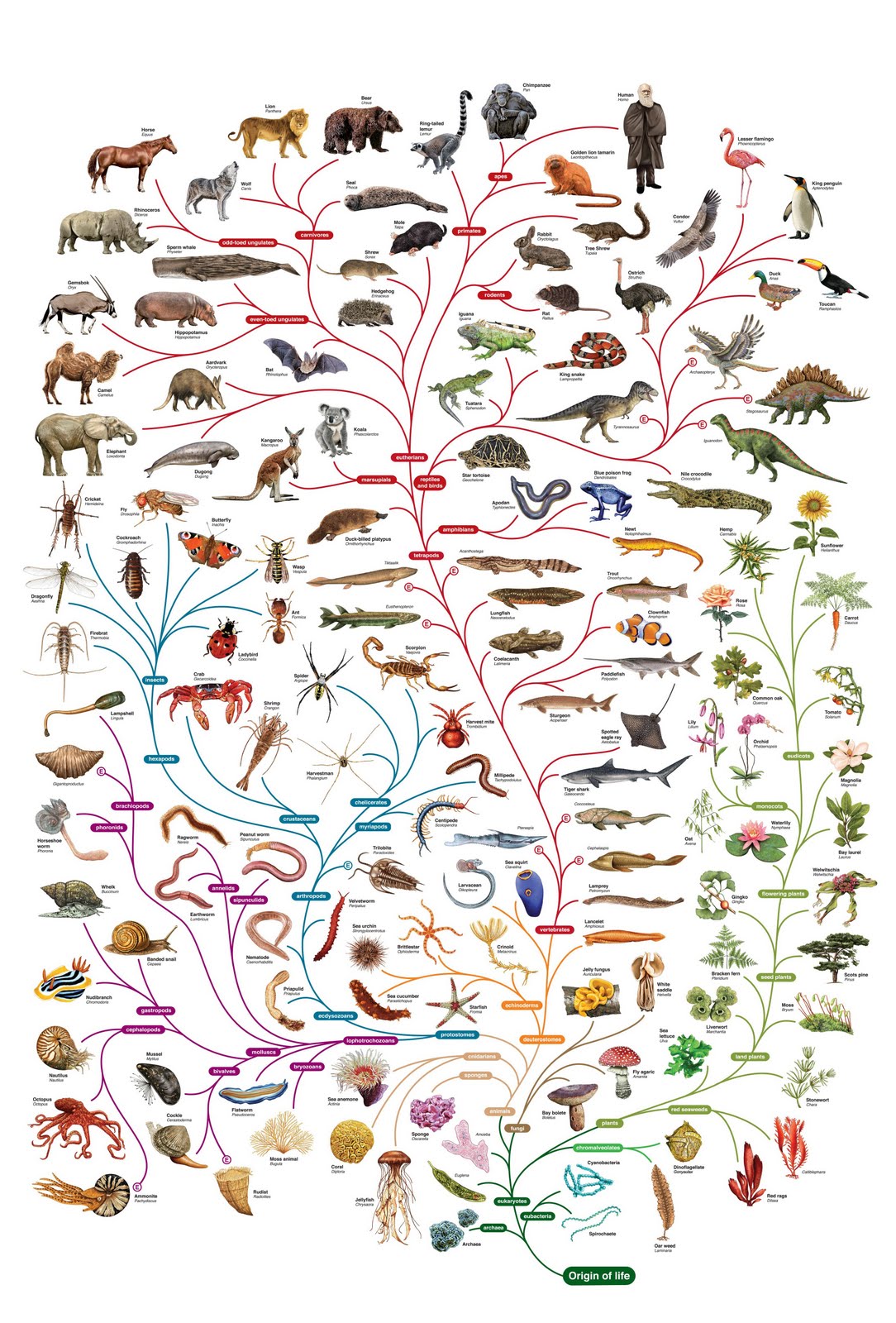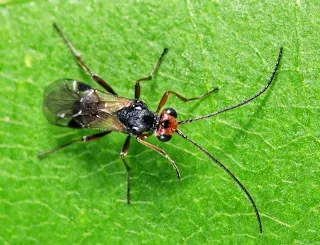| M. lewisii (A), an F1 hybrid (B), M. cardinalis (C), and examples of variation in floral traits found in F2 hybrids (D–L). |
Imagine for a moment a species of flowering plant with a three important genes, each of which has two different alleles. Let's say Gene A which can be A1 or A2, gene B which can be B1 or B2 and gene C which can be C1 or C2. Gene A determining flower shape, gene B determining flower colour and gene C determining how much nectar the flower produces.
Now imagine two different pollinators which transfer pollen from one flower to another while gathering nectar, one having a preference for one shape and colour and the other having a preference for a different colour and more nectar.
It doesn't take a genius to work out what will happen. The flowers with the alleles which attract one pollinator are much more likely to pollinate other flowers with those same alleles and those with the other alleles will be much more likely to pollinate the flowers with these alleles.
In effect, there will be a premating or 'prezygotic' barrier to cross-pollination between plants with different combinations of alleles and selection pressure against permutations of alleles






























